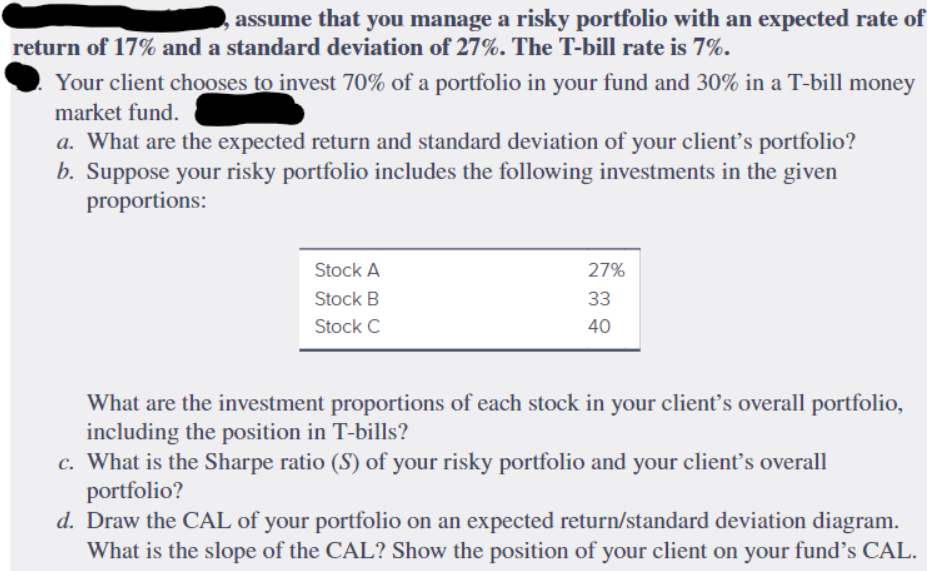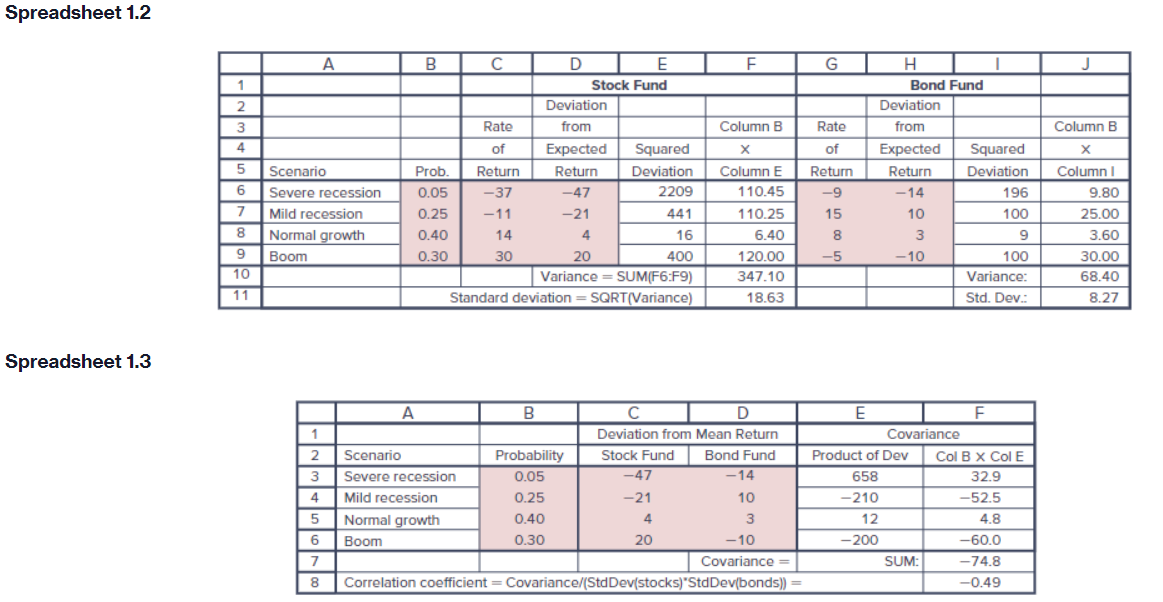Question
1. Loaded-Up Fund charges a 12b-1 fee of 1% and maintains an expense ratio of .75%. Economy Fund charges a front-end load of 2% but
1. Loaded-Up Fund charges a 12b-1 fee of 1% and maintains an expense ratio of .75%. Economy Fund charges a front-end load of 2% but has no 12b-1 fee and has an expense ratio of .25%. Assume the rate of return on both funds' portfolios (before any fees) is 6% per year. How much will an investment in each fund grow to after:
a.1 year?
b.3 years?
c.10 years?
2. A. Suppose you forecast that the standard deviation of the market return will be 20% in the coming year. If the measure of risk aversion is A= 4, what would be a reasonable guess for the expected market risk premium?
B. What value of A is consistent with a risk premium of 9%?
C. What will happen to the risk premium if investors become more risk tolerant?
3.



Step by Step Solution
There are 3 Steps involved in it
Step: 1

Get Instant Access to Expert-Tailored Solutions
See step-by-step solutions with expert insights and AI powered tools for academic success
Step: 2

Step: 3

Ace Your Homework with AI
Get the answers you need in no time with our AI-driven, step-by-step assistance
Get Started


